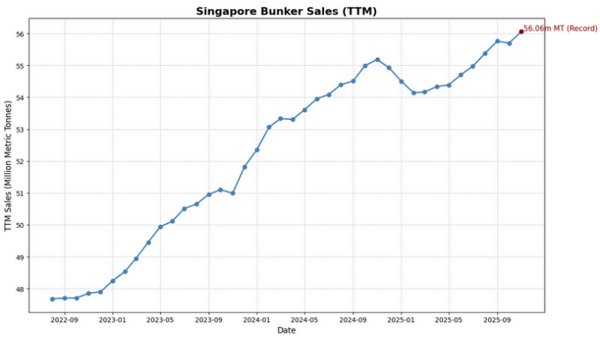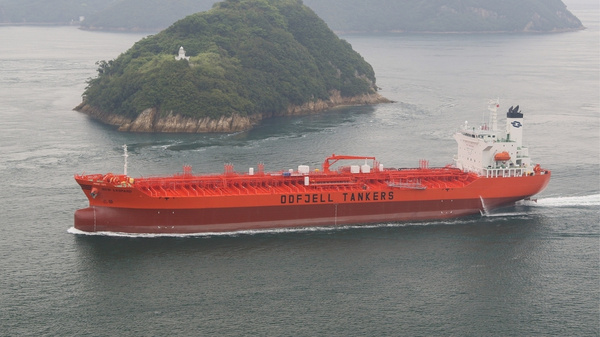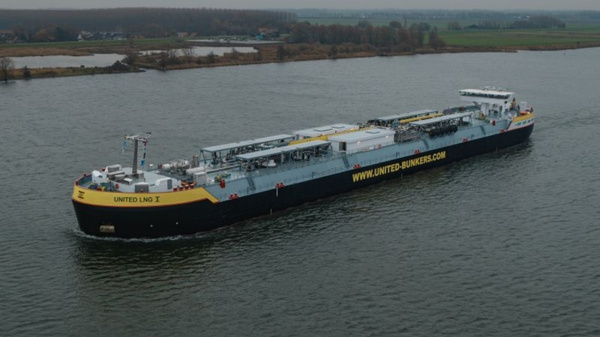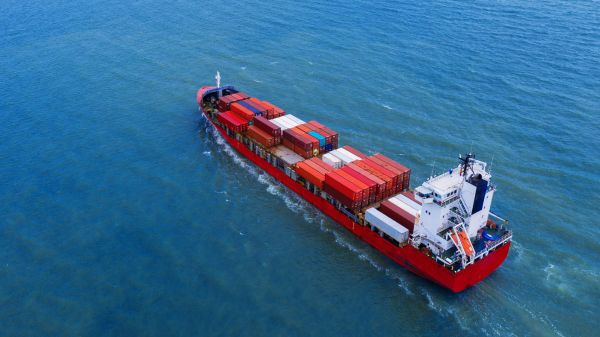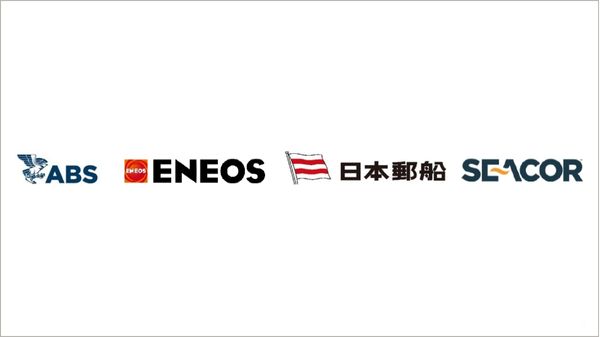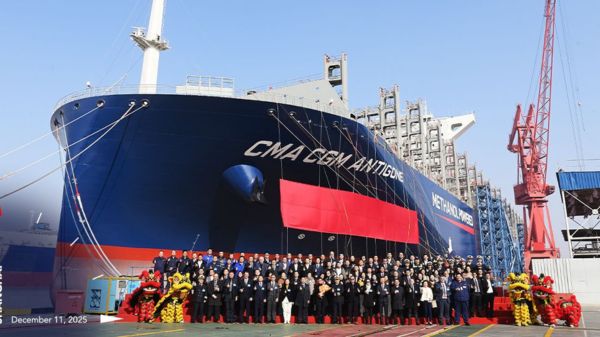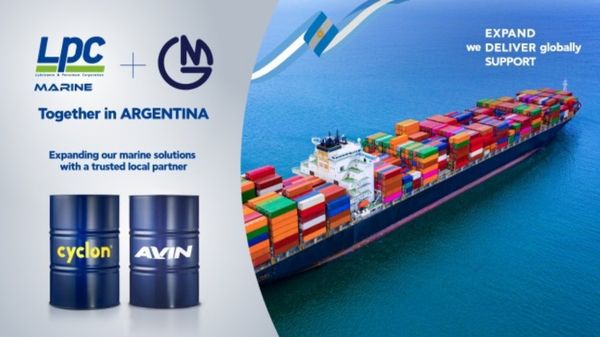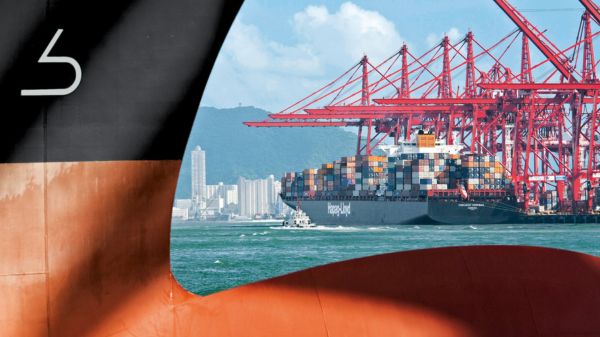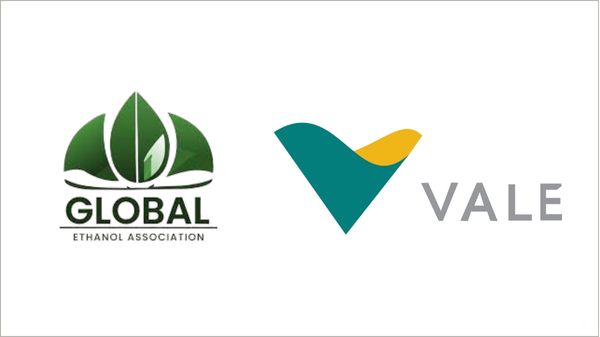The upcoming introduction of the Ship Energy Efficiency Management Plan (SEEMP) regulations was very much on the minds of the speakers and participants of
Germanischer Lloyd's (GL) "
Energy Efficiency for Existing Vessels" forum in Madrid.
The SEEMP is one of a number of regulations and guidelines which will see the maritime industry squarely confront their impact on the environment and the measures they must take to reduce it.
Amongst the almost fifty attendees who took part in the forum on the 30th of May were representatives from ship owners associations, engineering companies, the Spanish administration, and the Spanish navy. Also in attendance was the President of the Spanish Maritime cluster,
Federico Esteve.
Participants and speakers were welcomed by
Manuel Carlier, Managing Director of
ANAVE, the Spanish ship owners association. He noted the timely nature of the forum, given rising fuel prices, new regulations, and the potential future impact of SEEMP. He speculated that forthcoming regulations might directly target CO2 reduction by imposing a surcharge on fuel and therefore any outlays incurred in implementing energy saving measures would be amortised over a short period.
Carlier also noted in his introduction that while ships have been historically very efficient, both in terms of fuel consumption and CO2 emissions, significant efficiency gains were possible.
"With short term redeemable measurements, it is possible to get savings of between 5 and 15%, in some cases. We are talking about considerable figures that should attract the attention of all marine companies", said Carlier.
Ramón López Eady, UNINAVE Managing Director, Spanish Shipyards association, gave an introductory speech to attendees where he noted: "Energy reduction measures should cover all phases in the ship lifecycle and areas of technology. Fuel consumption is becoming a critical issue as the price of energy rises and the need to cut emissions is clear."
Eady gave the participants some perspective on the place of shipping in global CO2 emissions and looked at some of the ship-specific measures the industry might take to reduce emissions and improve efficiency.
Main speaker
Till F. Braun, Managing Consultant at
FutureShip GmbH, a GL company, discussed with participants the introduction and use of energy saving measures to reduce fuel consumption and cut CO2 emissions. He also talked about the ways in which FutureShip was prepared to consult and support the maritime industry in preparing for the introduction of the SEEMP. He highlighted the FutureShip energy efficiency review service,
ECO-Practice, which helps ship owners put together, monitor and develop procedures to improve energy efficiency ship and fleet wide.
Braun explained that ECO-Practice is built around data analysis - which looks at actual and potential fuel usage, using this data to create benchmarks for comparison both fleet and industry wide - and an assessment workshop, where the data can be presented, appropriate measures to improve efficiency identified and then ranked for further analysis. The workshop leads then to the most promising measures being identified and subjected to more intense qualitative analysis.
Braun said a case study of a current client highlighted some of the benefits of this type of analysis. From an initial assessment and an onboard workshop with key personnel, a European shipping company introduced initiatives which are said to have led to an 8 percent saving in ship operating costs, and also identified potential fuel savings of 11 percent which could be realised without further investment.
The SEEMP was developed by a specialised working group on greenhouse gas emissions convened by the International Maritime Organization's (IMO) Marine Environment Protection Committee (MEPC). SEEMP could potentially be a part of MARPOL Annex VI in the near future and it seeks to establish a mechanism whereby a company can incorporate best practices for the fuel efficient operation of its ships.
The SEEMP acts as a guide for companies to develop a package of ship-specific measures to improve energy efficiency. Each plan has the following components: planning, implementation, monitoring, self-evaluation and improvement.
In the IMO SEEMP guidelines, trim is said to be amongst the most effective measures to significantly reduce fuel consumption and emissions. An in-depth look at
ECO-Assistant was therefore well received by the audience. ECO-Assistant is a is a CFD (computational fluid dynamics) based trim optimising tool which helps cargo planners and crew to sail any vessel at the right trim, whatever the draft, speed or water depth might be.
Introduced in 2009, ECO-Assistant does not require an interface with the vessel onboard system and can be installed on any type of vessel. Fuel consumption figures as well as CO2 savings can be seen right from the screen and allow for the instant verification of a vessel's current and best trim. An optional loadmaster interface allows for the calculation of optimum trim during stowage planning operations.

